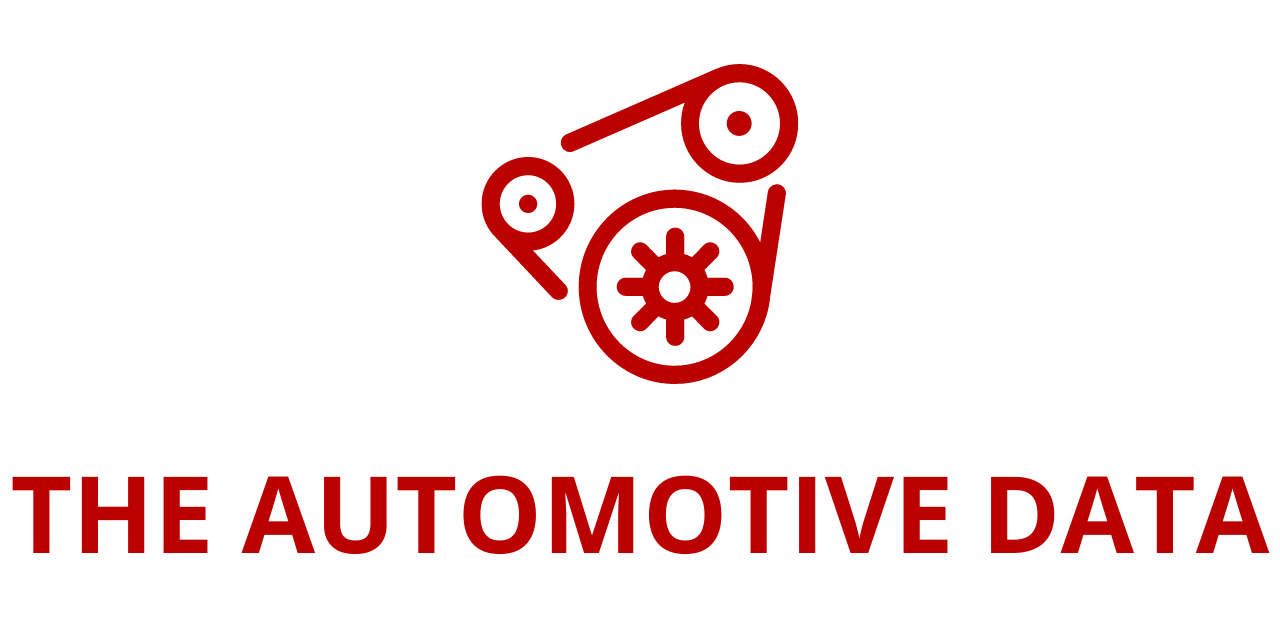
2024 Trends Shaping the Future of Aftermarket Telematics
The “Aftermarket Car Telematics – 5th Edition” report has been added to ResearchAndMarkets.com, offering valuable insights into the expanding aftermarket telematics market. The latest findings reveal that shipments of aftermarket car telematics devices reached 26.7 million units in 2023, with the market continuing to grow rapidly.
2024 Aftermarket Car Telematics Report
Market Growth and Demand
Aftermarket telematics continues to hold a dominant position globally. Key applications such as roadside assistance, stolen vehicle tracking (SVT), vehicle diagnostics, usage-based insurance, and dealer inventory management are among the most popular. Convenience applications targeting consumers, such as Wi-Fi hotspots, further boost the sector’s growth. By the end of 2022, approximately 1.36 billion passenger cars and light trucks were registered worldwide. Despite the competition from smartphone-only solutions and OEM alternatives, the aftermarket car telematics market is still expanding.
The report predicts that shipments of aftermarket car telematics systems will grow at a compound annual growth rate (CAGR) of 7.7 percent, reaching 38.7 million units by 2028. Active use of these systems is projected to rise at a CAGR of 9.0 percent, from 87.7 million systems in 2023 to 135.1 million globally by 2028. As a result, the penetration rate of aftermarket car telematics systems will increase from 6.3 percent in 2023 to 8.6 percent by the forecast period’s end.

Diverse Industry Players and Partnerships
The aftermarket car telematics ecosystem is characterized by a wide range of players spanning different industries. These include specialists in car telematics as well as general telematics providers that serve broader markets, such as fleet management for commercial vehicles. Leading providers in the aftermarket car telematics space, like OCTO Telematics, Procon Analytics, StarLine, Spireon, and Vodafone Automotive, have secured millions of installations, emphasizing the market’s scalability and potential.
The typical market strategy for these companies is to partner with insurance providers, dealers, original equipment manufacturers (OEMs), mobile network operators (MNOs), and vehicle finance companies. Some of the prominent hardware suppliers for aftermarket car telematics solutions include Teltonika, Jimi IoT, Queclink, Danlaw, and Positioning Universal, which provide critical telematics devices and services.
Key Insights and Developments
The “Aftermarket Car Telematics – 5th Edition” report also includes insights from 30 new executive interviews with leading market players, offering a detailed look at current trends, technologies, and competitive dynamics. The report provides a comprehensive overview of the aftermarket car telematics value chain, analyzing key applications such as:
- eCall and roadside assistance
- Stolen vehicle tracking (SVT)
- Motor insurance telematics
- Dealer lot management
- Vehicle finance telematics
- Remote control and convenience services
- Vehicle diagnostics and maintenance
- Wi-Fi hotspots
- Electronic toll collection and congestion charging
- Vehicle emission monitoring
In addition to these applications, the report sheds light on the business models within the aftermarket car telematics space and presents new profiles of 104 solution providers. It also examines the involvement of vehicle OEMs and mobile operators, as well as new data on car populations and global car registrations.
Regional Market Forecasts and Trends
The report provides in-depth market forecasts and trends for regions such as Europe, North America, Latin America, Asia-Pacific, and Middle East & Africa (MEA). The analysis suggests that mobile operators are increasingly targeting the aftermarket car telematics market, with a variety of technology form factors being adopted to meet different consumer needs.
Key future trends identified in the report include:
- Privacy concerns softening as telematics services gain acceptance.
- The continued competition between aftermarket SVT/SVR services and OEM solutions in many markets.
- Usage-based insurance is expected to remain a prominent aftermarket service in the near term.
- Smartphone-based solutions continue to compete with dedicated aftermarket telematics devices.
- CRM solutions integrated with telematics help improve customer care, enhancing the consumer experience.
- Wi-Fi hotspots provide convenient connectivity for passengers during travel.
- The increasing role of new IoT technologies in simplifying aftermarket telematics services.
OEM and Aftermarket Interactions
While OEMs remain a dominant player in telematics, aftermarket services continue to expand and thrive. The integration of aftermarket solutions helps OEMs manage network shutdowns, offering new opportunities for telematics providers to extend their services. Additionally, the use of satellite IoT communications is opening new possibilities for telematics providers to offer services in more remote or challenging environments.
Consumer and Fleet Management Applications
Telematics providers are diversifying their offerings beyond consumer solutions to include fleet management services. Companies that specialize in consumer telematics solutions, such as Air, AutoSense, and Vyncs, have started to branch out into the fleet management sector. Similarly, niche aftermarket applications, including specific vehicle tracking or diagnostics services, have proven successful, opening doors for specialized service providers.
The aftermarket car telematics market continues to grow steadily, driven by innovations in IoT technology, new consumer demands for convenience, and partnerships between key industry players. The report highlights that the market will remain competitive, with both smartphone-based and dedicated telematics solutions vying for dominance. With forecasts suggesting strong growth through 2028, the sector offers promising opportunities for both established players and new entrants.







